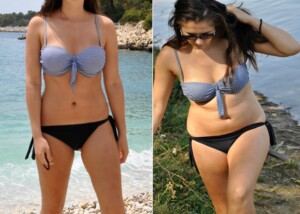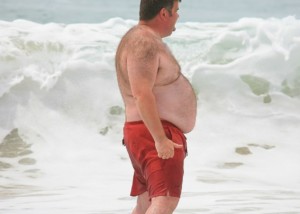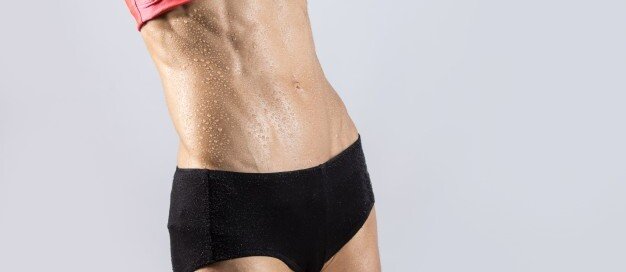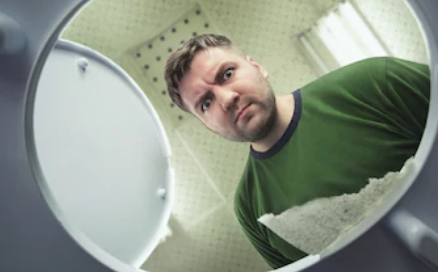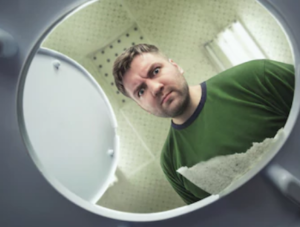Are People Really too Busy to Exercise or Is This a Myth?
Here’s why it’s only a myth that people, even “today,” are nowhere near too busy to exercise.
Why There’s More than One Shade of Yellow in Your Urine
You look in the toilet and see two distinct shades of yellow to your urine.
Maybe most of it is light yellow, but then there are patches of dark or brighter yellow. (more…)
How Long Can You Have a UTI Before Symptoms Start?
How long can a urinary tract infection be brewing inside you before symptoms first start appearing? (more…)
What Can Cause a UTI Every Single Month?
Are you diagnosed with a UTI nearly every single month despite taking rounds of antibiotics, wiping front to back and taking cranberry pills? (more…)
Urges to Pee Overnight Wake You but It’s Only a Trickle

Do you keep waking overnight with a strong urge to pee, but only a trickle comes out?
This happens even when you stop drinking water 5 hours before bedtime! (more…)
How Women Can Shrink Their Stomach by Strength Training

Here is how a woman can shrink her middle and waistline by strength training — even if she’s struggled for years to trim her stomach. (more…)
Bored with Walking? Transition to Jogging without Injuries
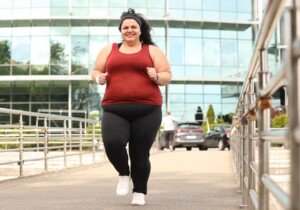
If you’re bored with walking for exercise, it’s probably time to transition to jogging.
You can do this without getting injured. Here’s how.
For many people — not necessarily overweight — it’s quite uncomfortable and even awkward to run. But this isn’t because our bodies are not meant to run.
It’s because many individuals jog or run under the wrong circumstances, which include:
1) improper footwear
2) lack of warmup
3) running too fast for particular conditions, such as excess body weight or lack of training, and
4) overtraining.
You’re asking for trouble if you’ve been sitting in a cool office all day long, then sit in a car on the way to the gym, then jump on a treadmill and pound away at fast speeds.
Ancient man, with his very active lifestyle, was often in a warmed-up state.
Modern-day people may do some running as children, but as they grow older, become more sedentary.
Then one day they take up running. It’s no surprise that injuries result, especially if they’re overweight.
As for competitive runners suffering injuries, early peoples ran for necessity, not to win medals and prize money.
Competitive runners subject their bodies to stresses beyond the calling of nature.

Go from Walking to Jogging without Injury
To avoid jogging or running injuries, you must warm up; be hydrated; don’t go to extremes; and don’t skimp on quality footwear.
“I would recommend that you do so gradually,” says Dr. Velimir Petkov, DPM, surgeon and sports medicine specialist of the foot with Premier Podiatry in Clifton, NJ.
“I would recommend getting a good pair of proper running shoes such as Asics, Brooks or New Balance.
“I would strongly recommend visiting a foot and ankle specialist and getting your feet scanned for custom molded orthotics which can be placed inside your new pair of running shoes.
“That can ensure that switching from walking to running will minimize the risk of getting any foot injuries.”
Being primed for running includes performing various stretches to help prevent injuries – but today’s more sedentary individual must make a conscious effort: keeping the arches, calves, hamstrings and quadriceps loose and limber.
When transitioning from walking to jogging, jog for one-minute intervals, and go slowly, especially if you’re overweight. Listen to your body and joints. Don’t overtrain.
Eventually increase intervals to five minutes, then longer. Or, increase speed only.
Experiment with different permutations including adding slight inclines.
Switching up your cardio is also a way to guard against injuries as you transition from walking to running.
An example is five minutes of stationary bike, five minutes of stair climber and 10 minutes of elliptical.
The custom orthotics mentioned by Dr. Petkov will also help prevent shin splints by supporting the foot’s arch.
Simple Exercise for Treatment and Prevention of Running Injuries
Take a towel and sit on a chair with your feet on smooth surface.
Place the towel on the floor.
Use your toes to grip towel and practice lifting it up.
Do this 100 times.
This will help develop the supportive muscles in the bottom of your foot as well as the anterior tibialis muscle at the front of your shin.
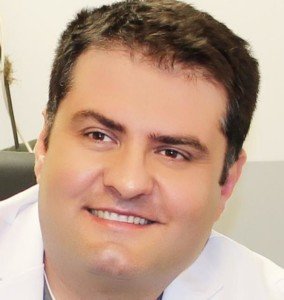 Dr. Petkov diagnoses and treats numerous ailments related to the lower extremities, and has special interests in sports medicine, wound care and the most advanced minimally invasive procedures for plantar fasciitis and Achilles tendonitis.
Dr. Petkov diagnoses and treats numerous ailments related to the lower extremities, and has special interests in sports medicine, wound care and the most advanced minimally invasive procedures for plantar fasciitis and Achilles tendonitis.
 Lorra Garrick is a former personal trainer certified through the American Council on Exercise. At Bally Total Fitness she trained women and men of all ages for fat loss, muscle building, fitness and improved health.
Lorra Garrick is a former personal trainer certified through the American Council on Exercise. At Bally Total Fitness she trained women and men of all ages for fat loss, muscle building, fitness and improved health.
.





